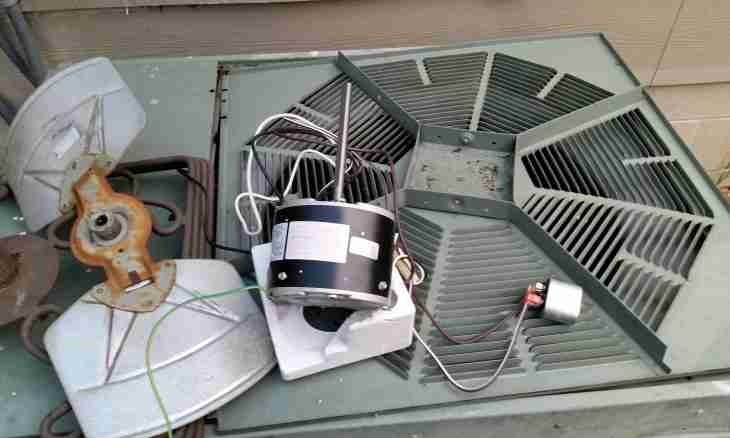Capacity – the size in the SI system expressed in farads. Though are used, actually, only derivative of it – a microfarad, a picofarad and so on. As for electric capacitance of the flat condenser, it depends on a gap between facings and their area, on a type of dielectric, in this gap of located.
Instruction
1. In case facings of the condenser have the identical area and have arrangement strictly one over another, calculate the area of one of facings – any. If one of them concerning another is displaced or they different in the area, it is necessary to count the area of area in which facings the friend to the friend block.
2. At the same time the standard formulas allowing to count the areas of such geometrical figures as a circle (S=π(R^2)), a rectangle (S=ab), its special case – a square (S=a^2) – and others are used.
3. The received area surely is transferred to units of the SI system, habitual for us, that is to square meters. As for distance between facings, it is transferred, respectively, to meters.
4. In the conditions of the task given you it can be specified as absolute dielectric permeability of this material which is located between condenser facings, and relative. The absolute permeability is expressed in F/m (farads on meter), relative is size dimensionless.
5. In a case with relative dielectric permeability of the environment (dielectric in this case) the coefficient which indicates communication of absolute dielectric permeability of material and the same characteristic, but in a vacuum, to be exact that how much the first is more than the second is used. Transfer relative dielectric permeability to absolute, and then increase the received result by an electric constant. It makes 8.854187817*10^ (-12) F/m and is, in fact, dielectric permeability of a vacuum.
6. Having found by means of the calculations described in the previous step, absolute dielectric permeability of material between condenser facings if it is not set initially, increase it by the area of that area in which plates block the friend to the friend. Then divide the received result into distance between facings, and you receive the condenser capacity expressed in farads.
7. If it is required, transfer the received result to other units more convenient – micro, piko- or nanofarade. It is possible to transfer also to millifarada, but consider that the electric capacitance in them cannot be specified in the equipment regardless of which any given condenser has a design. Try when choosing unit of measure that after a comma at you was signs as little as possible.

